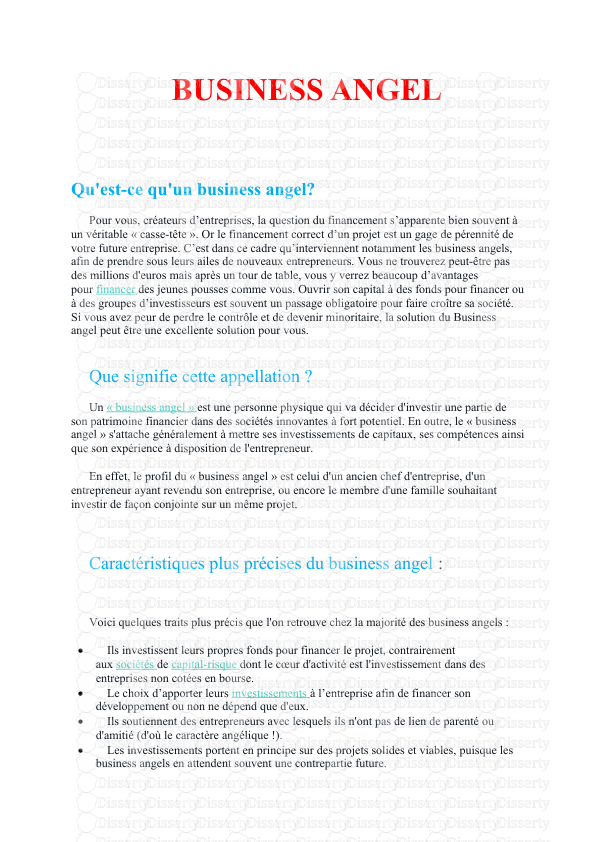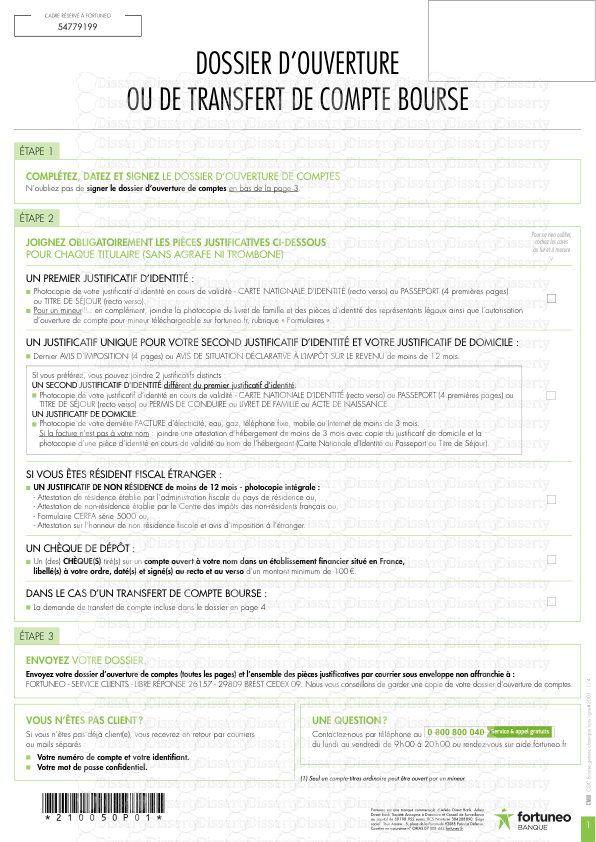1 Devoir de vacances : un triptyque Analyse-Synthèse-Formulation Vous travaille
1 Devoir de vacances : un triptyque Analyse-Synthèse-Formulation Vous travaillez dans un laboratoire R&D d’une société de cosmétique. Votre mission : étudier la faisabilité d’une crème anti-ride. Vous tomber sur cette publicité : Le Biotulin « La princesse Kate, Michelle Obama et les peoples ne tarissent pas d'éloge sur son effet lissant immédiat. Ce produit miracle c'est un gel anti-rides produit en Allemagne mais exclusivement distribué par la boutique Kleire d'Alexandre De Sousa, située au cœur de la vieille ville à Blois, à quelques kilomètres de l'usine de cosmétiques du même nom. Sa particularité ? Ce gel comparable au botox agit en moins de 60 minutes. Parmi ses principaux composants, se trouve le spilanthol, un anesthésique local extrait d'une variété de cresson et dont l'action détend les traits du visage et lisse les ridules. Le deuxième principe actif : l’hyaluronate de sodium, contenu naturellement dans l'organisme humain, et qui redonne un volume à la peau, le fameux effet pulpant. Enfin le troisième ingrédient est un extrait issu de la plante Imperata Cylindrica, également nommée herbe argentée, qui pousse dans les régions désertiques les plus sèches d’Amérique du Sud et qui peut survivre même sur les sols salés. Cet extrait garantit une hydratation de la peau, 24/24. Votre ingénieur chef vous demande de formuler un soin anti-ride contenant les mêmes principes actifs. Vous avez dans votre laboratoire, un stock important d’acide hyaluronique mais pas de spilanthol. Votre mission : étudier cette molécule et la produire dans des coûts raisonnables. N H O O OH HO O OH O O NH O OH HO O Acide hyaluronique n spilanthol IMPERATA CYLINDRICA ACMELLA OLERACEA CEREALES Biotechnologie extraction 2 I La molécule de spilanthol : S1 Vérifier si la molécule se nomme (2E ,6Z, 8E) N-isobutyldéca-2,6,8- triènamide ou (2E ,6E, 8E) N-isobutyldéca-2,6,8-triènamide. Et justifier son nom. Remarque : le groupe isobutyle est aussi appelé 2-methylpropyle III Extraction du spilanthol Ci-dessous vous trouverez un extrait de publication sur l’extraction du spilanthol https://www.sciencedirect.com/science/article/pii/S0102695X15001593 Extraction, purification and quantitation. Since spilanthol (1) is amphiphilic , it can be extracted from plants using solvents that range in polarity from hexane to methanol : H2O ( 4 :1, v/v). There is also an ethanolic extract that is sold in pharmacies. However, to the best of our knowledge no atempt has been made to compare the amount of spilanthol that can be extracted using differents methods. Moreover, nobody has ever tried using pressurized liquid extraction with dry methanol, wich has been shown to be able to solubilize more material from many fruits and vegetables than other methods, including Soxhlet extraction or ultrasonication. However, some of the previous publications do tell how much material was solubilized. For example, hexane at an unspecified temperature was able tu solubilize 10 g of material from 1130 g of lyophilized flowers. Others used ultrasonication with 60 mL of ethanol : hexane (3 :7, v/v) at 50°C and 30 min to solubilize an unspecicified amount of material from 2 g of dried flowers. Another group used an unkowm amount of ethanol at room temerature to solubilize 106 g (13%) of material from 803 g of dried leaves. Others solubilized 15 g from 300g of flowers using methanol at room temperature. Another group used methanol to solubilize 18,0, 16.6 and 10.2 % of the material from dry leaves, stems and flowers, respectively. Still others used 2,5 L of ethanol : water (7 :3, v/v) to solubilize an unknown amount of material from 426 g of dried flowers. Supercritical CO2 with added ethanol and water was also used to try to extract spilanthol from S. Acmella leaves, flowers and stems. It was purified from ethanolic extract using TLC using silica gel plates and hexane : ethyl acetate (2 :1, v/v) as the mobil phase. Others used preparative scale HPLC to purify spilanthol from hexane extracts of flowers. Another approach that proved successful was column chromatography on silica gel, followed by TLC. Finnaly, centrifugal partition chromatography using a mixture of heptane, ethyl acetate, methanol and water (3 :2 :3 ;2, v/v) was used to purify spilanthol. N H O spilanthol 3 For quantitation, HPLC with UV detection at 237 nm was used. They used a C18 column for the separation. One HPLC method used an isocratic moile phase consisting of 93 :7 CH3CN : H2O (v/v), flowing at 0,5 ml/min. The retention time of spilanthol was 7,34 min. Another HPLC method used isocratic elution with 50 :50 CH3CN : H2O (v/v) flowing at 0,2 mL/min. The retention time was 4,97 min. They find 3294 mg/g spilanthol per dry weight of plants. However no attempt was made to compare the amount of spilanthol that could be extracted using pressurized liquid extraction, sonication or Soxlhet extraction. It is also quite likely that the concentration of spilanthol is different in differents parts of the plant Après lecture de cet article, vous répondrez aux questions suivantes : S2 Proposer un protocole d’extraction dans les conditions du lycée. Vous préciserez le matériel, le solvant et le rendement attendu en extrait de spilanthol. Remarque : vous choisirez le solvant ou mélange de solvant le moins toxique. S3 Proposer une technique de purification utilisable au lycée. S4 Proposer une méthode d’analyse avec toutes les conditions précisées. III Synthèse : Votre ingénieur qui a eu largement le temps de lire pendant le confinement vous fait un résumé d’un article paru en mars 2020, dans « frontiers in chemisrty » https://www.frontiersin.org/articles/10.3389/fchem.2020.00187/full La synthèse du spilanthol est effectuée après une étude rétrosynthétique : La première étape est une réaction d’oxydation assez délicate car le composé B obtenu est fragile et très oxydable. L’étude met en lumière deux étapes de Wittig qui permettent la création d’une double liaison en couplant deux molécules (un aldéhyde et un ylure de phosphore). Les dernières étapes sont classiques et permettent de transformer un ester en amide. N H O O OH H2N O OR X O OR O Wittig couplage hydrolyse basique X Wittig oxydation X= Br ou I O X OH Spilanthol 4-bromobutan-1-ol B A C D 4 Ph3P OR O 1 2 3 4 1 2 3 4 1 2 3 4 5 6 1 2 3 4 5 6 7 8 9 10 1 2 3 5 6 7 8 9 10 1 2 3 4 5 6 7 8 9 10 étape 1 étape 2 étape 3 étape 4 étape 5 E 4 S5 Remplir le tableau suivant avec les fonctions des molécules principales de ce schéma rétrosynthétique : molécule Fonction A B C D E spilanthol S6 Donner le numéro de la ou les étapes où l’on a une augmentation de la chaîne carbonée S7 entoure les doubles liaisons du spilanthol qui ont été formé par réaction de Wittig Après cette étude rétrosynthétique , le schéma de la synthèse finalement retenu comporte 6 étapes que l’on va détailler ci-dessous : S8 Déterminer le rendement global de la synthèse Br OH ETAPE 1 Br O OR ETAPE 2 I O OR I O OR ETAPE 3 Ph3P O OR I Ph3P O OR I ETAPE 4 O O OR O OR ETAPE 5 O OH O OH N H O ETAPE 6 H2N 80 % 95 % 86 % 95 % 91 % 84% 5 Etude de la première étape : formation du 6-bromohex-2-ènoate de méthyle : To a solution of 4-bromobutan-1-ol (2.14 g, 14.0 mmol) and AZADOL (21.5 mg, 0.140 mmol) in CH2Cl2 (35 mL), saturated NaHCO3 aq. (15 mL) containing KBr (167 mg, 1.40 mmol) and n-Bu4NBr (226 mg, 0.701 mmol) was added. While the reaction mixture was vigorously stirred at 0 °C, a premixed solution of aqueous NaOCl・5H2O (2.30 g, 14.0 mmol) and saturated NaHCO3 aq. (20 mL) was added dropwise over 10 min. After stirring for 2 h at 0 °C, the reaction mixture was separated, and the aqueous layer was extracted with AcOEt. The combined organic layers were washed with brine, dried over Na2SO4, and partially concentrated under reduced pressure. To the concentrated solution methyl (triphenylphosphoranylidene)acetate (5.15 g, 15.4 mmol) was added and stirred at room temperature for 2 h. The solution was concentrated under reduced pressure, and purified by silica gel column chromatography (hexane/AcOEt = 5:1) to give 3 (2.32 g, 80%) as colorless oil. 1H NMR (CDCl3) δ 1.99-2.06 (m, 2H), 2.36-2.42 (m, 2H), 3.42 (t, J = 6.6 Hz, 2H), 3.74 (s, 3H), 5.89 (dt, J = 15.6, 1.6 Hz, 1H), 6.93 (dt, J = 15.2, 6.8 Hz, 1H). Votre ingénieur est tout excité. 80 % de rendement en deux manips qui ont l’air d’être super cool ! Le problème est l’hypochlorite de sodium. Vous n’en avez pas et avec les problèmes de confinement, les fournisseurs de produits nous ont averti : délais long et prix exorbitants. Bref ça commence bien dès la première étape !! Mais jamais à court d’idées, votre coéquipier déjà dans la lecture du fichier des produits du laboratoire a une idée. Remplacer l’hypochlorite de sodium par l’eau de Javel. Votre eau de Javel est indiquée à 2,6% de uploads/Finance/ devoir-de-vacances 1 .pdf
Documents similaires








-
30
-
0
-
0
Licence et utilisation
Gratuit pour un usage personnel Attribution requise- Détails
- Publié le Oct 20, 2021
- Catégorie Business / Finance
- Langue French
- Taille du fichier 2.7302MB


